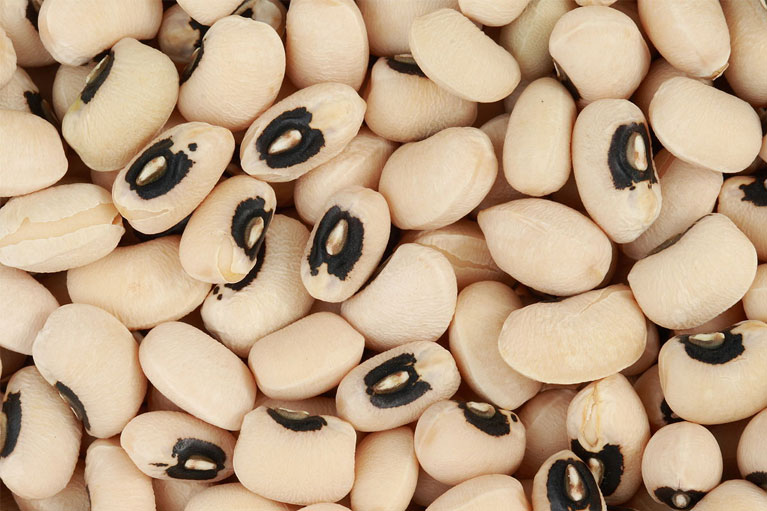
Description
The black-eyed pea, also called black-eyed bean, ChawaLie, Lobia, Mulatto-Gelato in various languages in India, is a subspecies of the cowpea, grown around the world for its medium-sized edible bean. The currently accepted botanical name is Vigna unguiculata subsp. The first domestication occurred probably in West Africa,[1] but the black-eyed pea is widely grown in many countries in Asia; it was introduced into the Southern United States as early as the 17th century in Virginia. Most of the black-eyed pea cultivation in the region, however, took firmer hold in Florida and the Carolinas during the 18th century, reaching Virginia in full force following the American Revolution.[2] The crop would also eventually prove popular in Texas.
Specifications
Belize is number 4 in world production of Black Eye Beans behind Peru, Madagascar and Myanmar. In quality, Belize is ranked 2nd behind only Peru. Eating black-eyed peas on New Year’s Day is thought to bring prosperity. This custom is followed by Sephardi and Israeli Jews to this day. Boiled and eaten whith glutinous rice ,it is served as a delicacy between meals. Also ideal as bean paste and in vegetable curries.
Black Eye Beans are in demand in Arab countries as they form part of the diet in that culture. Neighboring Guyana in South America is wild about Black Eye Beans – practically all of the bean consumption is for Black Eye Beans. A lot goes to the middle east, to countries like the United Arab Emirates, Saudi Arabia, Kuwait, and major exports go to Europe as well; countries like Italy, Portugal, the Netherlands, the U.S.A., and Canada
In Myanmar, Black-eyed bean is gown in winter (starting October) and harvested in February to April. Producing States and Divisions are Kachin, Kayan, Kayar, Sagaing, Pegu ( East and West), Megue, Mandalay, Mon, Shan ( North), and Irrawaddy.
In Myanmar, about 60%of the total productions of Pigeon Pea is exported to India, Singapore, Indonesia, Pakistan, China, Philippines and UAE by oversea or Border trade. Export Volumes are about 8000 tonnes in 2006-07, over 50000 tonnes in 2007-08, about 14000 tonnes in 2008-09, over 40000 tonnes in 2009-10 and about 17000 tonnes in 2010-11 9up to November).

